The island’s dams are only 11 per cent full
The government on Tuesday sought to downplay worries that – amid the persistent drought – Cyprus will dry out, insisting it has taken a series of actions ensuring adequate water supply.
But with the island’s dams at just 11 per cent of capacity, and with farmers complaining the irrigation situation is dire, the government’s reassurances left MPs far from convinced.
At a terse session of the House agriculture committee, parliamentarians from opposition parties accused the government of operating under the wire – waiting until matters get desperate before jumping to action.
Disy MP Kyriacos Hadjiyianni raised the temperature in the room, calling the administration a “disability government”.
The remark drew an angry response from permanent secretary at the agriculture ministry Andreas Gregoriou – there to explain the government’s response to the water shortage.
“To say that the government has not done enough about the water issue, is like spitting on ourselves,” Gregoriou snapped back.
“No, the country has not been ‘left without water’. Our colleagues are working night and day to make sure that doesn’t happen.”
Hitting back, Hadjiyianni said: “Trust is earned, not given.”
Gregoriou laid out the government’s ‘action plan’ to deal with the water crisis.
Desalination, he said, “is the only way to solve the problem”.
As such, the government action plan prioritises desalinated water.
The desalination facility at Kissonerga has already begun operating, the official said. It will produce up to 12,000 cubic metres a day by year’s end. The dam at Mavrokolymbos, Paphos, has been restored since mid-September and is ready to receive water. And the desalination facility at Kouklia already generates around 15,000 cubic metres daily.
Based on this, Paphos district should not face any water supply or irrigation issues in 2026, Gregoriou asserted.
In the area of Moni, a mobile desalination unit – gifted to Cyprus by the United Arab Emirates – has been installed, with the capacity to generate some 15,000 cubic metres a day.
Meanwhile, new desalination units are being “promoted” at Garyllis and the port of Limassol. These are expected to come online before the end of the year. Also, tenders have been invited for another unit at Episkopi.
There are also plans to make available a desalination unit located at the Vasiliko power station, in addition to the new desalination plant in the Famagusta district with a capacity of 10,000 cubic metres a day.
However, noted Gregoriou, desalination is expensive and energy-intensive – as the current units are powered by conventional fuel.
He promised that the next round of tenders for desalination plants would include a condition for using electricity generated from renewables.
Regarding irrigation, the official said the ministry is “fully aware” of the difficult situation.
Right now the island’s reservoirs are down to 11 per cent capacity – compared to 27 per cent at the same time last year. The island’s dams currently hold a total of 33 million cubic metres.
“These quantities [of water] are insufficient for irrigation,” Gregoriou conceded.
Farmers have been advised not to create new plantations.
In addition, the ministry is prepping to provide financial support to farmers where it can be documented that they lost income due to the lack of water.
In parliament, representatives of the local government organisations sounded the alarm, and called for government support.
General manager of the Limassol district organisation (EOA) Sotiris Metaxas said the district needs some 90,000 cubic metres of water during the summer – making it crucial to have all available desalination units working at full capacity.
The Nicosia EOA’s Andreas Charalambous said that treated water from the bicommunal Mia Milia facility in the north constitutes an invaluable resource. The plant generates around 12 million cubic metres of water a year.
But nearly all the treated water gets discarded.
Charalambous also mentioned another treatment facility at Solea with a capacity for 100,000 cubic metres a day – except it’s not expected to go operational until 2027.

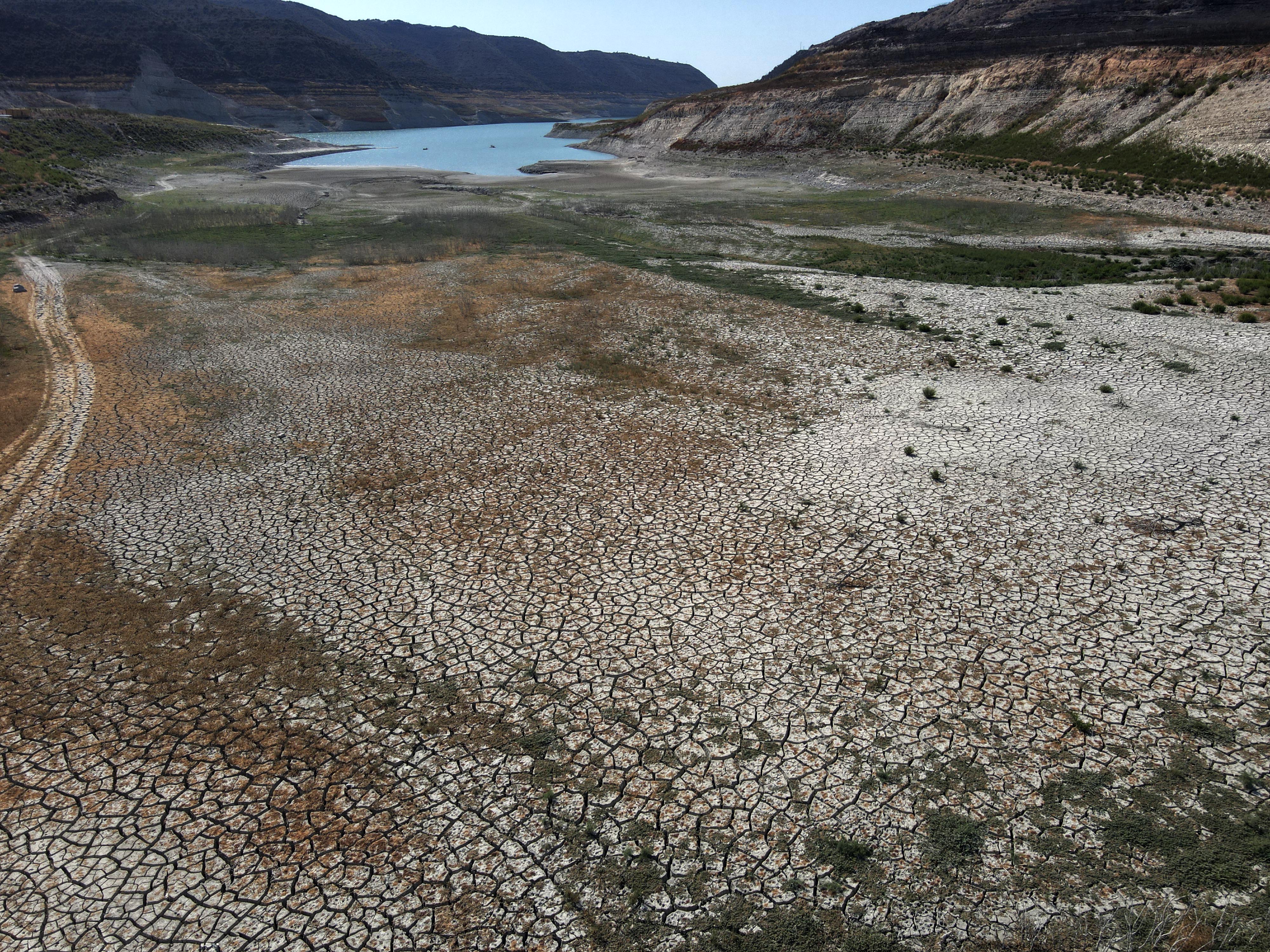
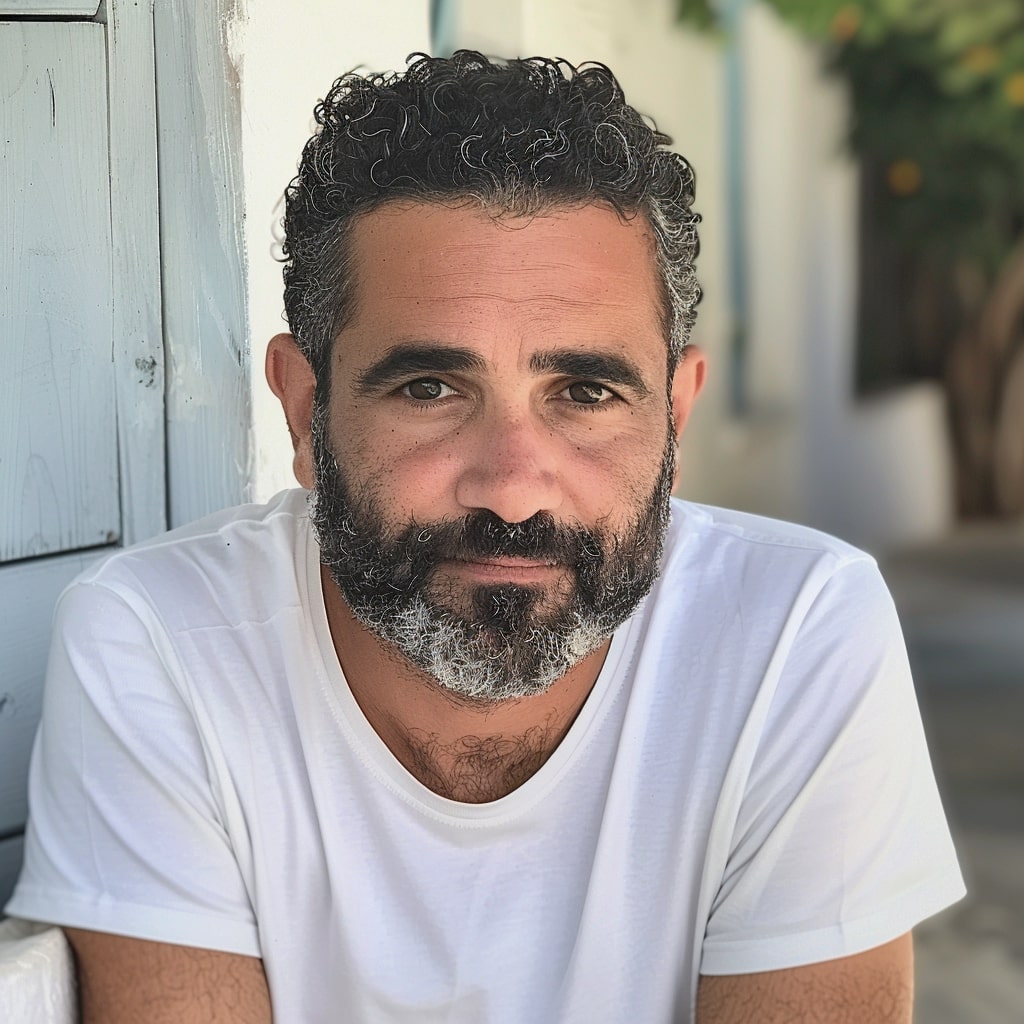

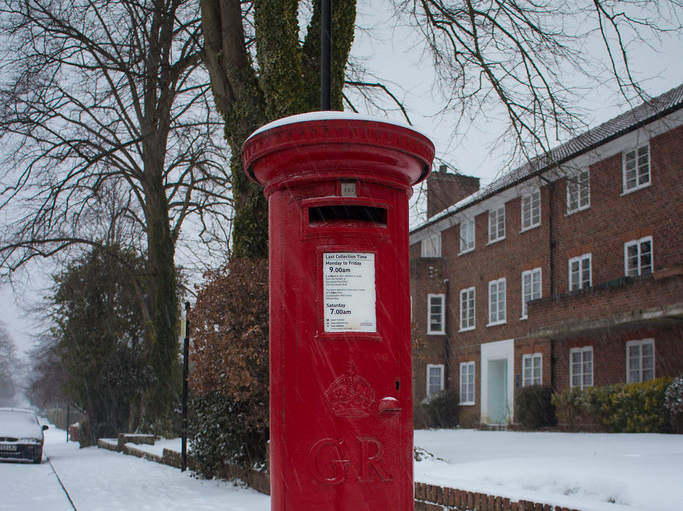
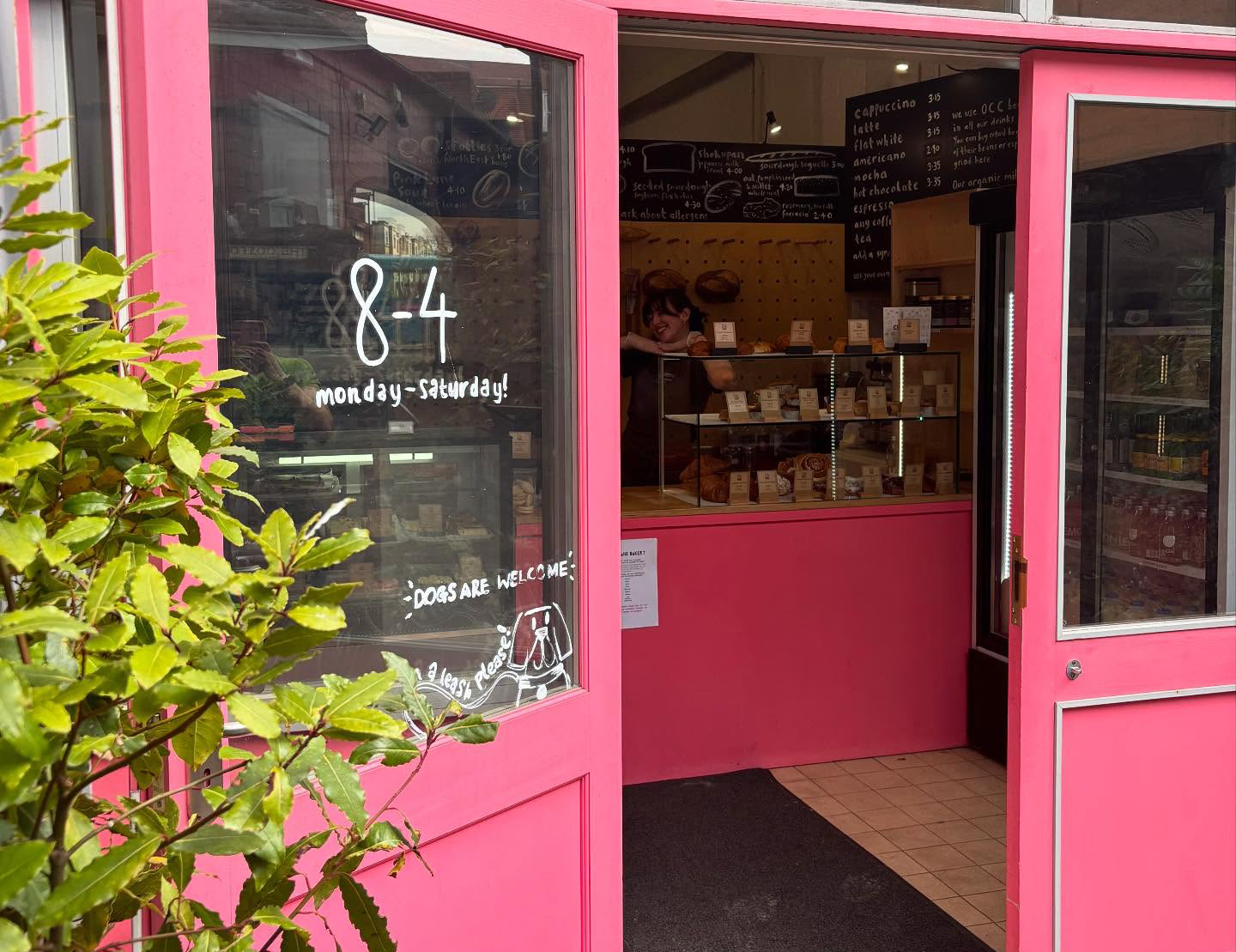
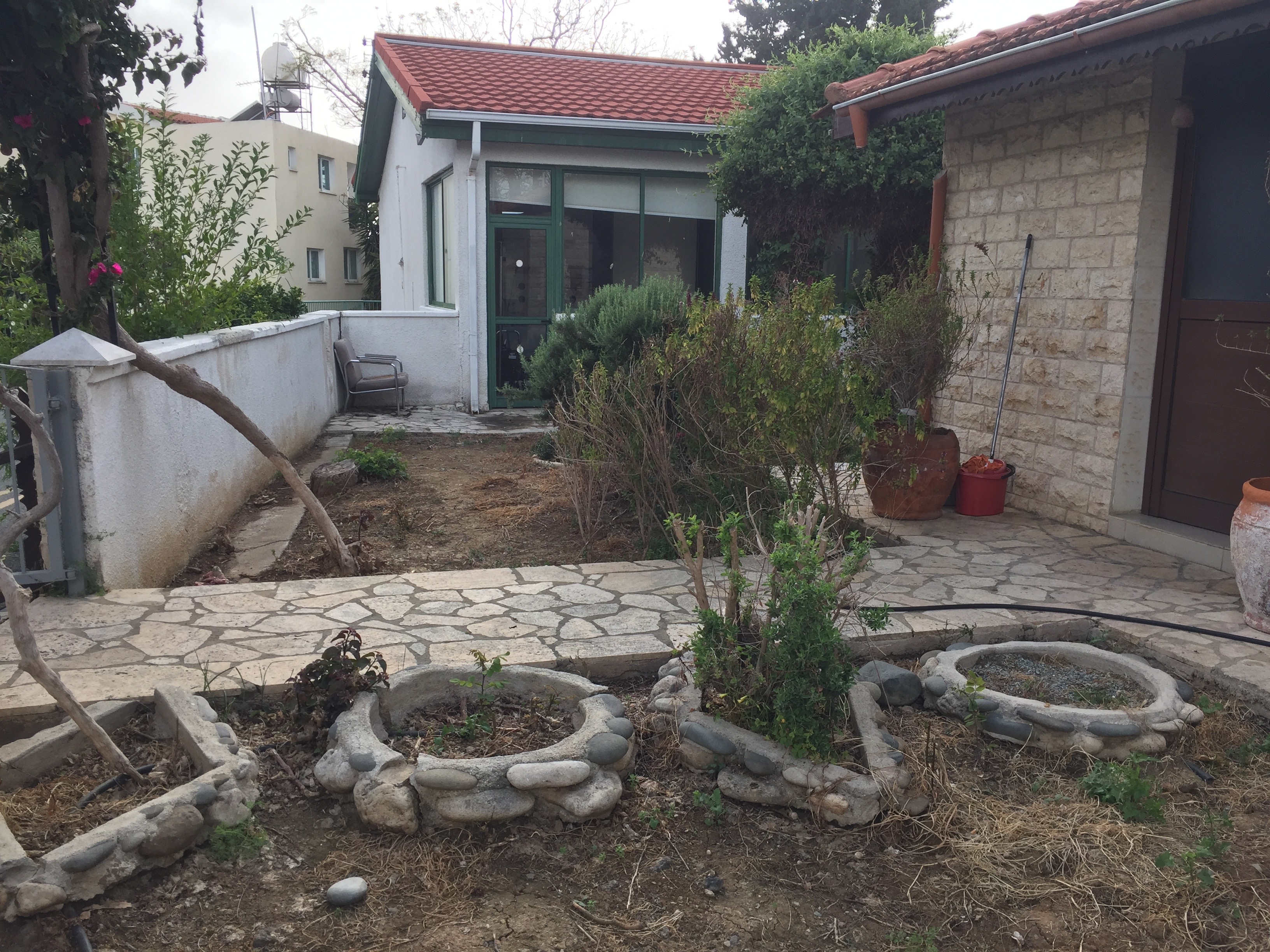
Click here to change your cookie preferences